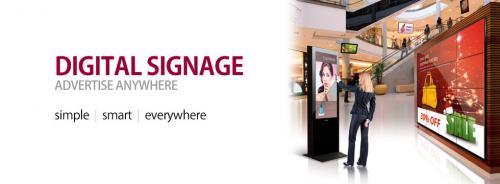The History and Origin of Signage

Signs have played a fundamental role in commerce, industry and trade for centuries. There are very few products or services which have been in use for as long as signs. So, whenever there is a need to achieve brand recognition, most businesses resort to these incredibly effective advertisement media.
The use of signage can be traced back to the times of the Roman, Greek and Egyptian civilizations, when tradesmen started utilising painted and carved stones or terracotta insignias for attracting potential customers to their shops. In Ancient Rome, a bush of vine and ivy leaves was popularly used for identifying a tavern.
By the end of the Dark Ages, trade expeditions and explorations enlarged commerce and trade significantly. Signs used by merchants in France, England and Italy reflected novel colours and designs. Most of them had elaborate carvings, paintworks and gilts.
During the 17th and 18th centuries, banking houses and shops in England along narrow streets hanged colourful signboards outside their premises for identification as well as attracting clients. The signs portrayed artistic carvings on wood or intricate designs on wrought iron. Many of them even provided directional information to newspapers as well as various other communication media.
Modern signage as we know today came into existence during the 19th century. At that time, they were merely displays illuminated by means of gas lighting. They were mainly used by theatre marquees, retail stores and drug stores. The foremost electrical sign was designed in London in the year 1881 using incandescent bulbs.
In the 1890s, multiple technical inventions further accelerated the growth of signage industry. The discovery of neon gas in 1898 by English scientists William Travers and Sir William Ramsay was one of them. Around the same time, a French scientist named Georges Claude found a process to liquefy neon gas. Before World War I, he started working with another scientist named Count J. De Beaufort to bend neon tubes into decorative effects, letters and wording. Thus, neon signage came into being and achieved tremendous popularity as an advertisement media.
After World War II, the commercial market demanded new materials and finishes for use in advertisement of trade. That is when plastics, particularly acrylics like Perspex, saw emergence in Sydney and many other places in the world. Businesses and advertising companies realised that Perspex signage in Sydney was easy to manufacture as well as an affordable promotional medium for improving brand recognition. Nowadays, this signage material is popularly used by various industries all around the globe.
Advertise on APSense
This advertising space is available.
Post Your Ad Here
Post Your Ad Here
Comments